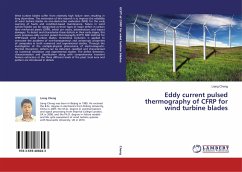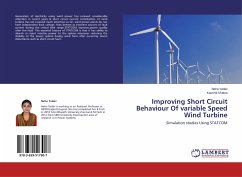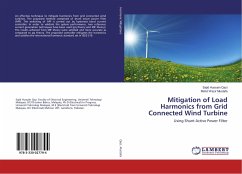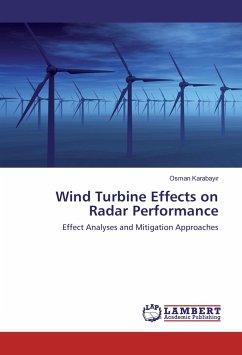Wind turbine blades suffer from relatively high failure rates resulting in long downtimes. The motivation of this research is to improve the reliability of wind turbine blades via non-destructive evaluation (NDE) for the early warning of faults and condition-based maintenance. Failure in wind turbine blades can be categorised as three types of major defect in carbon fibre reinforced plastic (CFRP), which are cracks, delaminations and impact damages. To detect and characterise those defects in their early stages, this work proposes eddy current pulsed thermography (ECPT) NDE method for CFRP-based wind turbine blades. Directional excitation is applied to overcome the problems of non-homogeneous and anisotropic properties of composites in both numerical and experimental studies. Through the investigation of the multiple-physical phenomena of electromagnetic-thermal interaction, defects can be detected, classified and characterised via numerical simulation and experimental studies. The defect detection, characterisation and classification along with comprehensive transient feature extraction at the three different levels of the pixel, local area and pattern are introduced in details.








